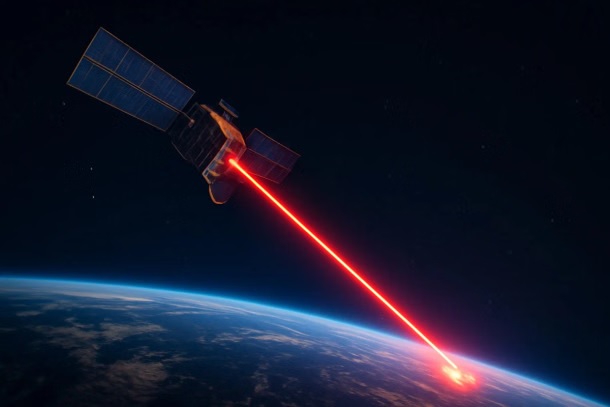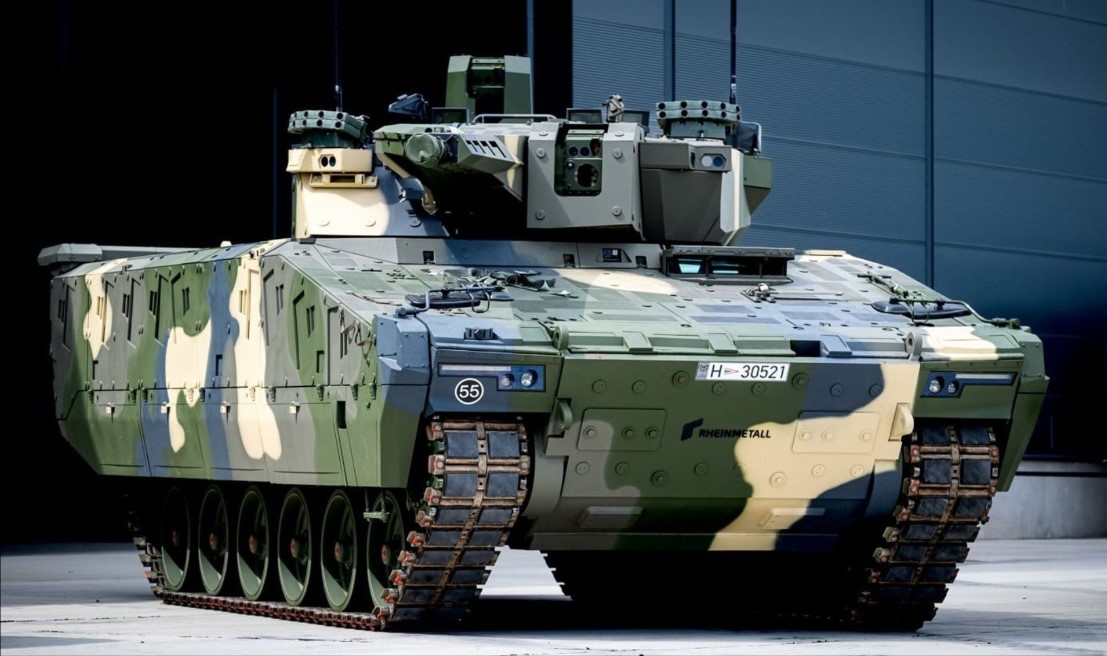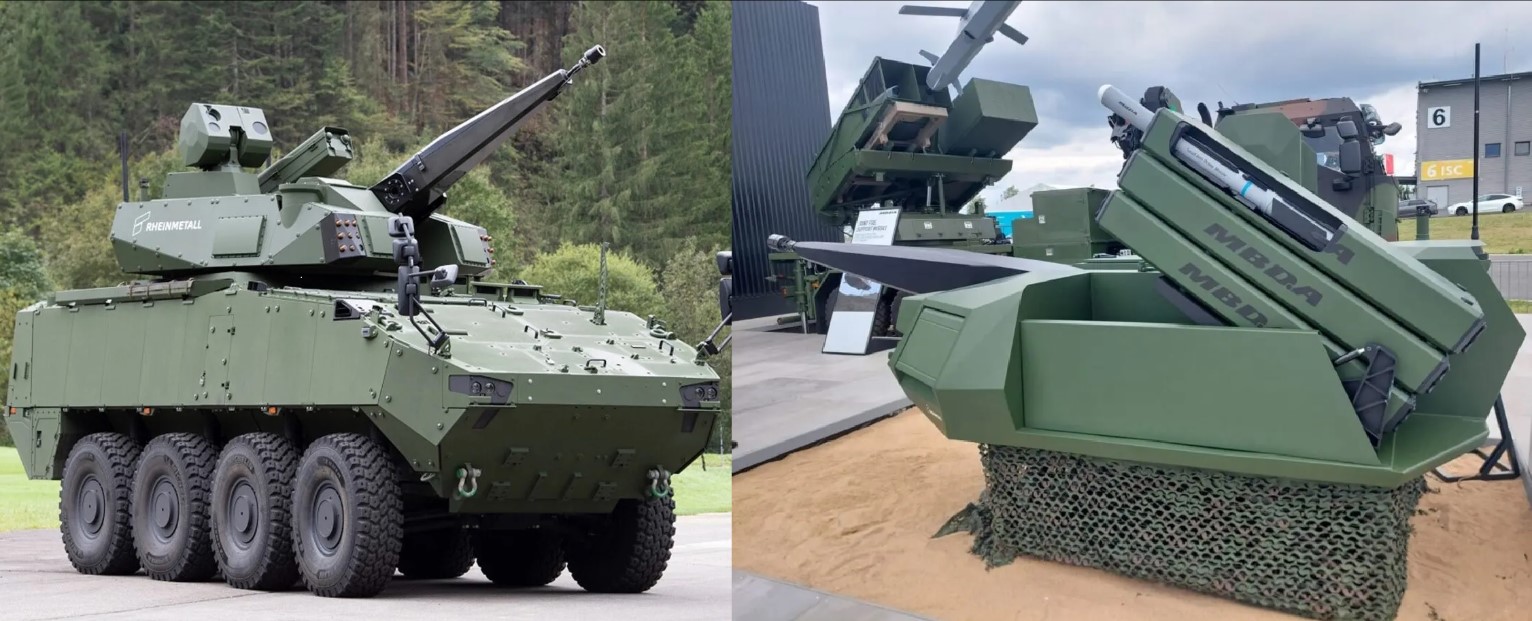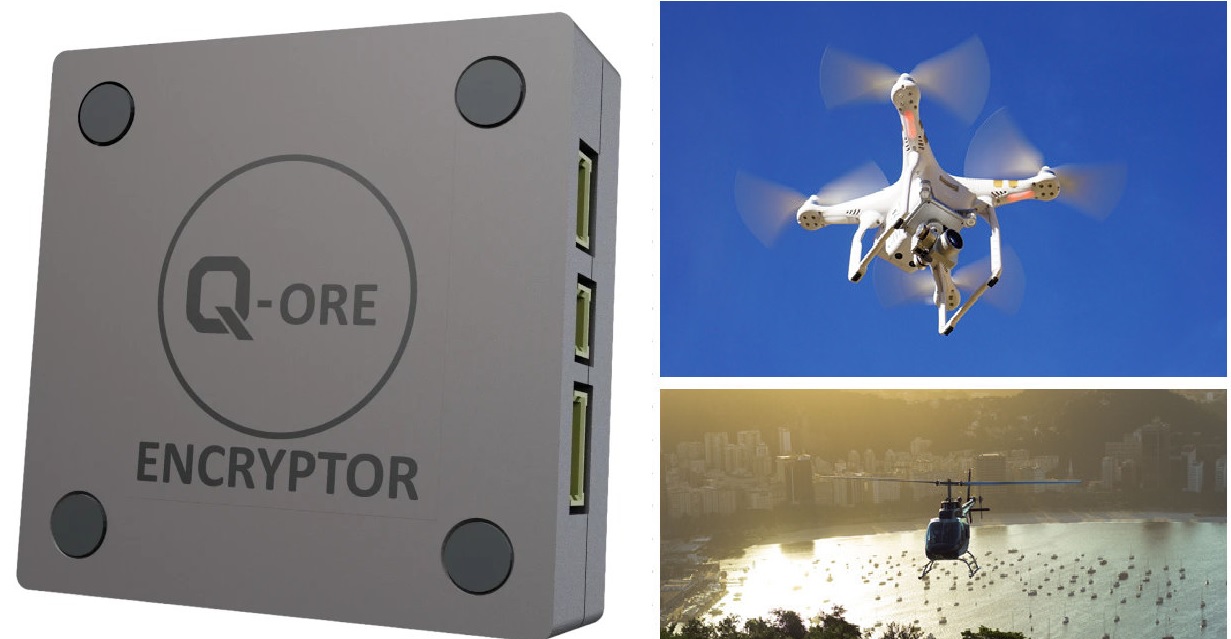ISRO Successfully Tests Semi-Cryogenic SE2000 Engine, Paving the Way for Heavy-Lift Launches
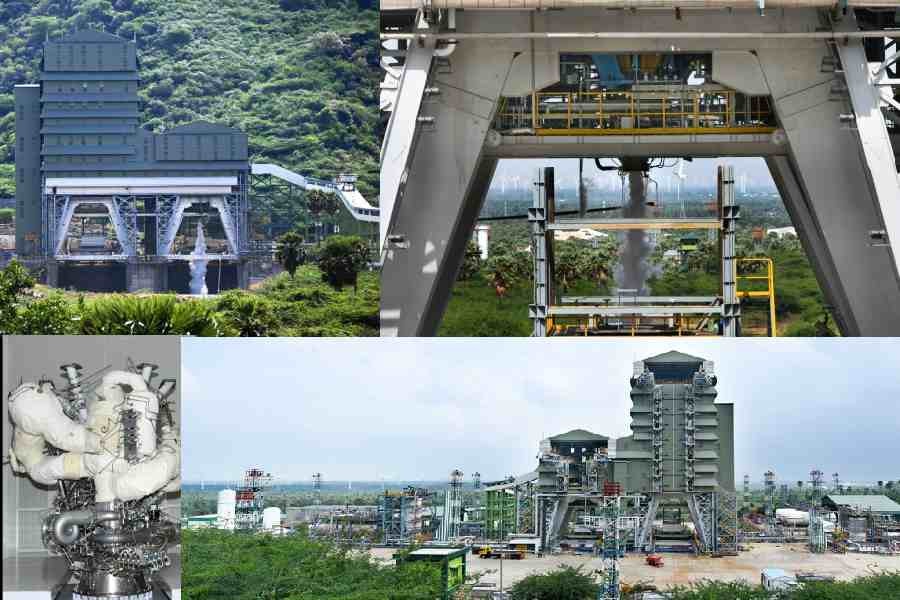
The Indian Space Research Organisation (ISRO) has achieved a crucial breakthrough in its space propulsion technology by successfully testing its semi-cryogenic engine, SE2000. This milestone marks a significant advancement in ISRO’s efforts to develop powerful and efficient engines for future heavy-lift launch vehicles, including the Next Generation Launch Vehicle (NGLV) and the upgraded Launch Vehicle MK-III (LVM3).
A Critical Test for Advanced Propulsion
The recent test, known as the Power Head Test Article (PHTA), was conducted to validate the integrated performance of key engine subsystems such as the gas generator, turbo pumps, pre-burner, and control components. This test involved a brief hot-firing lasting no more than 4.5 seconds, conducted without the thrust chamber. The primary objective was to assess the ignition of the pre-burner and confirm the performance of vital engine elements.
The SE2000 engine is designed to generate a thrust of 2,000 kiloNewtons (kN) and uses liquid oxygen (LOX) and refined kerosene (RP-1) as propellants. This configuration provides several advantages over traditional cryogenic engines, which rely on LOX and liquid hydrogen (LH2). The semi-cryogenic system offers higher density impulse, better efficiency, reduced costs, and easier storage since kerosene remains stable at ambient temperatures, unlike liquid hydrogen, which requires ultra-cold storage at -253°C.
Comparison: Cryogenic vs. Semi-Cryogenic Engines
| Feature | Cryogenic Engine (LOX + LH2) | Semi-Cryogenic Engine (LOX + Kerosene) |
|---|---|---|
| Storage Temperature | LH2 requires -253°C storage | Kerosene can be stored at normal temperatures |
| Thrust Efficiency | Higher specific impulse, less dense | Higher density impulse, more thrust per volume |
| Complexity | More complex to handle and store | Easier to handle and store |
| Reusability | Lower due to complexity | Higher due to simpler components |
Strengthening India's Heavy-Lift Capabilities
ISRO's semi-cryogenic engine project is a key component of India's strategy to increase the payload capacity of its launch vehicles. The successful PHTA test is a critical step towards finalizing the semi-cryogenic stage that will power the booster segments of future rockets, significantly enhancing their efficiency and thrust.
The Next Generation Launch Vehicle (NGLV), for which this engine is being developed, is designed for future human-rated missions such as the Gaganyaan program. The NGLV will feature reusable first-stage technology and LOX-based propulsion, targeting a 30-ton payload capacity in Low Earth Orbit (LEO).
Overcoming Challenges, Pushing Forward
Before achieving this successful test, ISRO had encountered technical challenges, including a test abortion in July 2023 at its Mahendragiri facility due to system malfunctions. However, ISRO engineers have made continuous refinements, leading to the successful execution of the PHTA, a major step forward in India's space propulsion advancements.
With this success, ISRO is steadily moving toward a future of more powerful, efficient, and reusable launch vehicles, bringing India closer to deep-space missions, human spaceflight, and interplanetary exploration.
✍️ This article is written by the team of The Defense News.


